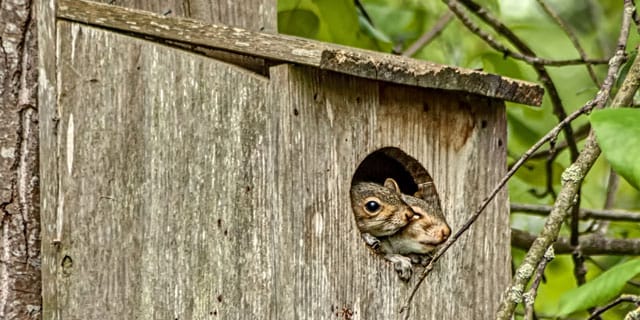For those Canadians approaching retirement age, with less than adequate savings in the bank but the good fortune to own a home, temptation has never been greater to consider the much-hyped reverse mortgage. Reverse mortgages are typically portrayed as a no-risk means of accessing the equity in your home, and using that money to help fund your retirement.
A reverse mortgage is a specialty financial product available to Canadian homeowners aged 55 or older. It is simply a loan secured by the equity in your home, and the maximum amount you can obtain is 50% of your home’s value. However, this maximum is generally reserved for older homeowners, and those closer to 55 can expect considerably less.
At first glance, the features of a reverse mortgage do seem attractive. You can elect to take your tax-free payout as either a lump sum or as a series of payments, and with no requirement to make any repayments on the loan as long as you continue to live in the house. What’s not to like?
Well, what’s not to like is what lurks behind the scenes. The money you’ve been advanced continues to accrue interest, and at a much greater rate than prevailing mortgage rates. Reverse mortgages compound semi-annually, and the current 5-year reverse mortgage rate is about double what you’d expect if taking out a new mortgage.
Given these costs, you could see the entire equity you’ve built up over a lifetime of ownership reduced to nothing in very short order. Even so, for some homeowners, a reverse mortgage is a reasonable way to generate additional retirement income. But do be aware of the implications. Also, keep in mind that there are other ways you can use your home to provide income for your retirement. These include:
Sell your home and rent. This may be too drastic for some, but consider that the funds generated from the sale of your principal residence are exempt from taxes. For instance, if invested in a RIF or an annuity, the proceeds from the sale could generate an income stream for your retirement. This means you'll have to rent, which in itself adds to your monthly costs. But if you make enough on the sale, you could still come out ahead.
Downsize and pocket the difference. Many retirees living in major cities where property values have exploded in recent years, have made the move to smaller towns where they’ve been able to benefit from the difference in property values.
Rent out part of your house. This arrangement may not be suitable for all properties. But if your house is set up for it, renting a basement or spare room is one way to generate revenue from your house, while staying in your home and still maintaining ownership.
If you do opt to rent part of your home, you need to be aware of your tax obligations, which include reporting the rental income you receive as income for the year. More importantly, you must ensure that you don't inadvertently change the use of your home in the eyes of Revenue Canada, as this could result in the loss of your Principal Residence Exemption.
Generally speaking, if you keep the rental space to one third or less and don’t make structural changes to the home, you'll not likely be seen as having changed the use of your home. More information on changing part of your home to a rental property is available on the CRA website.
After considering the options, if you decide a reverse mortgage is indeed right for you, be sure to have an agreement in place that protects you from ever owing more than the value of the home itself. This way, you can always sell the house and be guaranteed to have sufficient funds to pay back what you owe.




 Retirement
Retirement